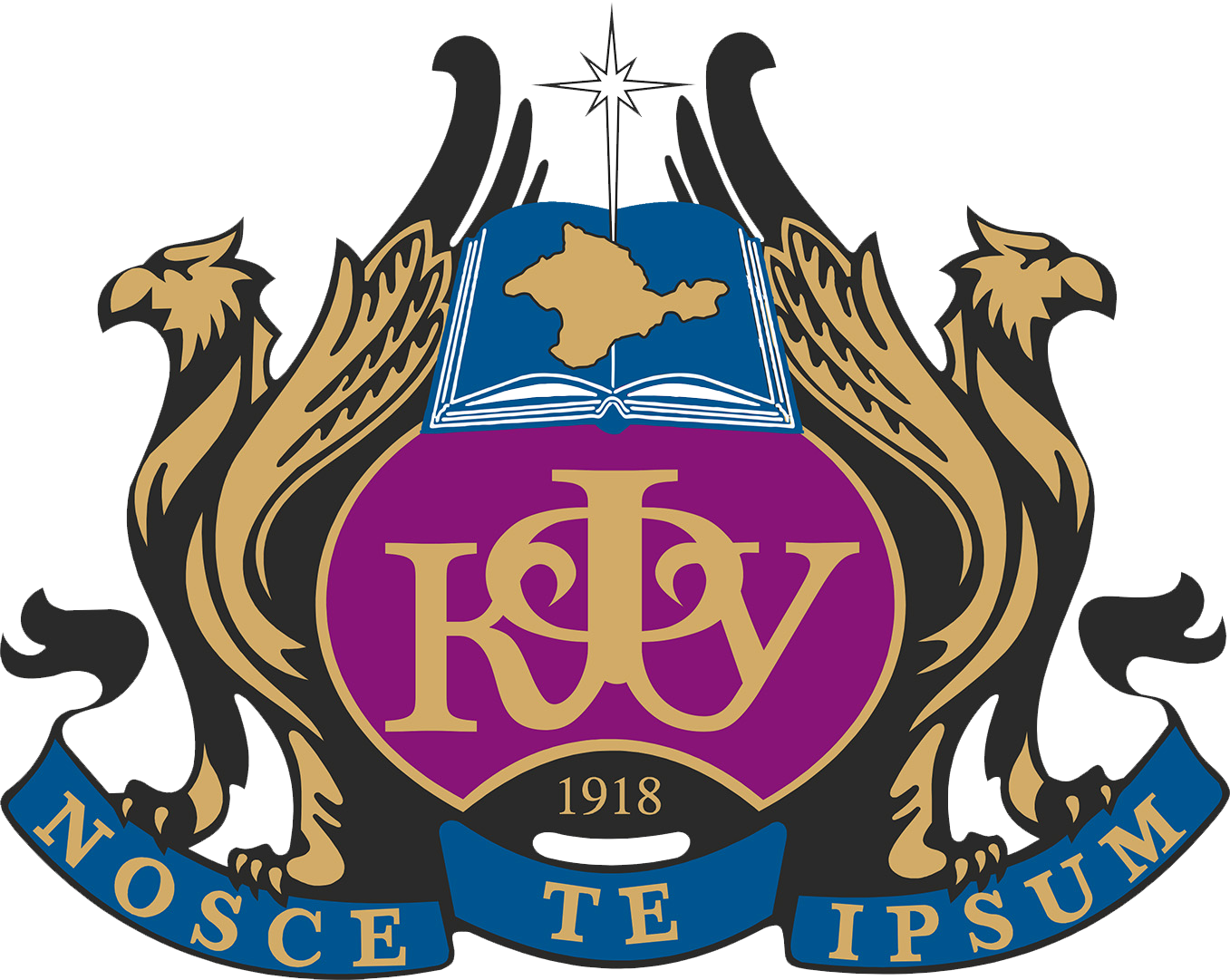Sibirskiy nauchno-issledovatel'skiy gidrometeorologicheskiy institut
The research was carried out in Novosibirsk, a large metropolis with a population of more than 1.6 million people. The city has a well-developed transportation and logistics infrastructure, and an industrial complex that contribute to an increased environmental burden due to pollutants with a synergistic effect The study assessed the microbiological characteristics of soil as an indicator of the environmental status in areas with reduced traffic, motor vehicle, and industrial pollution. These findings were compared with data from instrumental analysis of atmospheric air conducted by West Siberian Administration for Hydrometeorological and Environmental Monitoring at stationary sites adjacent to the soil sampling points. It was revealed that the microbiological processes of the nitrogen cycle are disrupted in the urban-gray forest soil of Novosibirsk, especially in the area affected by transport and industrial pollution. This leads to a decrease in the number of nitrogen-fixing and protein-mineralizing microorganisms. The trend of development of microorganisms that utilize organic and mineral nitrogen correlates with air pollution from dust, nitrogen dioxide, formaldehyde, and carbon monoxide in the surveyed areas. The abundance of autotrophic nitrogen fixers in the soils of different zones of the city is similar, which may be attributed to the intensity of fuel combustion processes. Despite the relatively high nitrogen content, the potential for the development of denitrifies in the densely populated Central district of the city, with its high traffic load, is not realized in the soil due to the salt content. Changes in the nitrogen cycle indicate degradation of the ecological functions of the soil in polluted urban areas.
bioindication, soil microbiological activity, air pollutants, urban environment.
1. Artamonova V. S., Bortnikova S. B. O sostoyanii pochvennyh azotfiksiruyuschih bakteriy na territorii gorodskogo lesa // Vestnik Permskogo universiteta. Seriya: Biologiya. – 2016. – № 2. – S. 150–159.
2. Dorohova M. F., Kosheleva N. E., Terskaya E. V. Ekologicheskoe sostoyanie gorodskih pochv v usloviyah antropogennogo zasoleniya i zagryazneniya (na primere Severo-Zapadnogo okruga Moskvy) // Teoreticheskaya i prikladnaya ekologiya. – 2015. – № 4. – S. 16–24.
3. Domracheva L. I., Skugoreva S. G., Kutyavina T. I., Simakova V. S., Lyukina A. L. Mikroorganizmy v bioindikacii gorodskih pochv // Biodiagnostika sostoyaniya prirodnyh i prirodno-tehnogennyh sistem: Materialy HVI Vserossiyskoy nauchno-prakticheskoy konferencii c mezhdunarodnym uchastiem, Kirov, 03–05 dekabrya 2018 goda. Kniga 1. – Kirov: Vyatskiy gosudarstvennyy universitet, 2018. – S. 211–215.
4. Mishustin E. N. Mikroorganizmy i produktivnost' zemledeliya. – M.: Nauka, 1972. – 343 s.
5. Nazarenko N. N., Koreckaya I. I., Svistova I. D. Bioindikaciya pochvy transportnyh zon g. Voronezha // Vestnik Voronezhskogo gosudarstvennogo universiteta. Seriya: Geografiya. Geoekologiya. – 2015. – № 1. – S. 46–50.
6. Okazova Z. P., Avtaeva T. A. Ispol'zovanie mikroorganizmov v kachestve indikatorov zagryazneniya okruzhayuschey sredy // Sovremennye problemy nauki i obrazovaniya. – 2015. – № 5. – S. 636.
7. Pestova O. A., Chupahina A. I. Biotestirovanie kachestva pochvy s pomosch'yu mikroorganizmov // Dekada ekologii: materialy XI Mezhdunarodnogo konkursa, Omsk, 11–19 maya 2017 goda. – Omsk: Omskiy gosudarstvennyy tehnicheskiy universitet, 2017. – S. 39–43.
8. Petunkina L. O., Sarsackaya A. S. Bereza povislaya kak indikator kachestva gorodskoy sredy // Vestnik Kemerovskogo gosudarstvennogo universiteta. – 2015. – № 4–3 (64). – S. 68–71.
9. Reznikov V. A. Himiya azotsoderzhaschih organicheskih soedineniy: Ucheb. posobie / Novosib. gos. un-t.Novosibirsk, 2006. – 130 s.
10. Kulachkova S. A., Lebed'-Sharlevich Ya. I., Mozharova N. V., Nikolaeva A. M. Rol' gorodskih pochv v regulirovanii emissii parnikovyh gazov v atmosferu // Gorodskie issledovaniya i praktiki. – 2018. – T. 3, № 3 (12). – S. 48–68.
11. Svistova I. D., Koreckaya I. I., Istomina E. I., Vliyanie gorodskoy nagruzki na napryazhennost' processa azotfiksacii na primere pochv g. Voronezha // Biodiagnostika sostoyaniya prirodnyh i prirodno-tehnogennyh sistem: Materialy HVII Vserossiyskoy nauchno-prakticheskoy konferencii c mezhdunarodnym uchastiem, Kirov, 05 dekabrya 2019 goda. Tom Kniga 2. – Kirov: Vyatskiy gosudarstvennyy universitet, 2019. – S. 34–37.
12. Sokolova G. G. Ocenka stabil'nosti razvitiya list'ev berezy borodavchatoy v usloviyah Novosibirska // Geografiya i prirodopol'zovanie Sibiri. – 2014. – № 18. – S. 195–206.
13. Stepanova L. P., Pisareva A. V., Yakovleva E. V., Raskatov V. A. Ekologicheskaya ocenka sostoyaniya pochvennoy mikro- i mezofauny v usloviyah tehnogennyh vozdeystviy // Trudy Karadagskoy nauchnoy stancii im. T. I. Vyazemskogo — prirodnogo zapovednika RAN. – 2019. – № 2 (10). – S. 30–41.
14. Gorovtsov A., Rajput V., Pulikova E., Gerasimenko A., Ivanov F., Vasilchenko N., Demidov A., Jatav H, Minkina T. Soil Microbial Communities in Urban Environment / In book: Advances in Environmental Research. Vol. 76. – Publisher: Nova Science Publisher, USA, 2020. – 92 p.
15. Li Z., Lu W., Huang J. Monitoring, diffusion and source speculation model of urban soil pollution // Processes. – 2020. – Vol. 8, N 11. – 1339.
16. Lorenz K., Kandeler E. Biochemical characterization of urban soil profiles from Stuttgart, Germany. Soil Biol Biochem. – 2005. – Vol. 37, N 7. – R.1373–1385.
17. Pishchimko O., Korobova L., Riksen V. Bioindication of environmental security in urban and rural territory according to Betula pendula Roth / E3S Web of Conferences, – 2023. – Vol. 411. – 02072.
18. Polyakov V., Abakumov E., Kozlov A., Suleymanov A. Soil pollution status of urban soils in St. Petersburg city, North-west of Russia // Soil and Water Research. – 2021. – Vol. 16, N 3. – R. 1-10.
19. Trammell T. L. E., Tripler C. E., Carper S. C., Carreiro M. M. Potential nitrogen mineralization responses of urban and rural forest soils to elevated temperature in Louisville, KY. Urban Ecosyst – 2017. – Vol. 20, N 1. – R. 77–86.
20. Wang H., Marshall C. W., Cheng M., Xu H., Li H., Yang X., Zheng T. Changes in land use driven by urbanization impact nitrogen cycling and the microbial community composition in soils // Scientific Reports. – 2017. – Vol. 7. – 44049.





